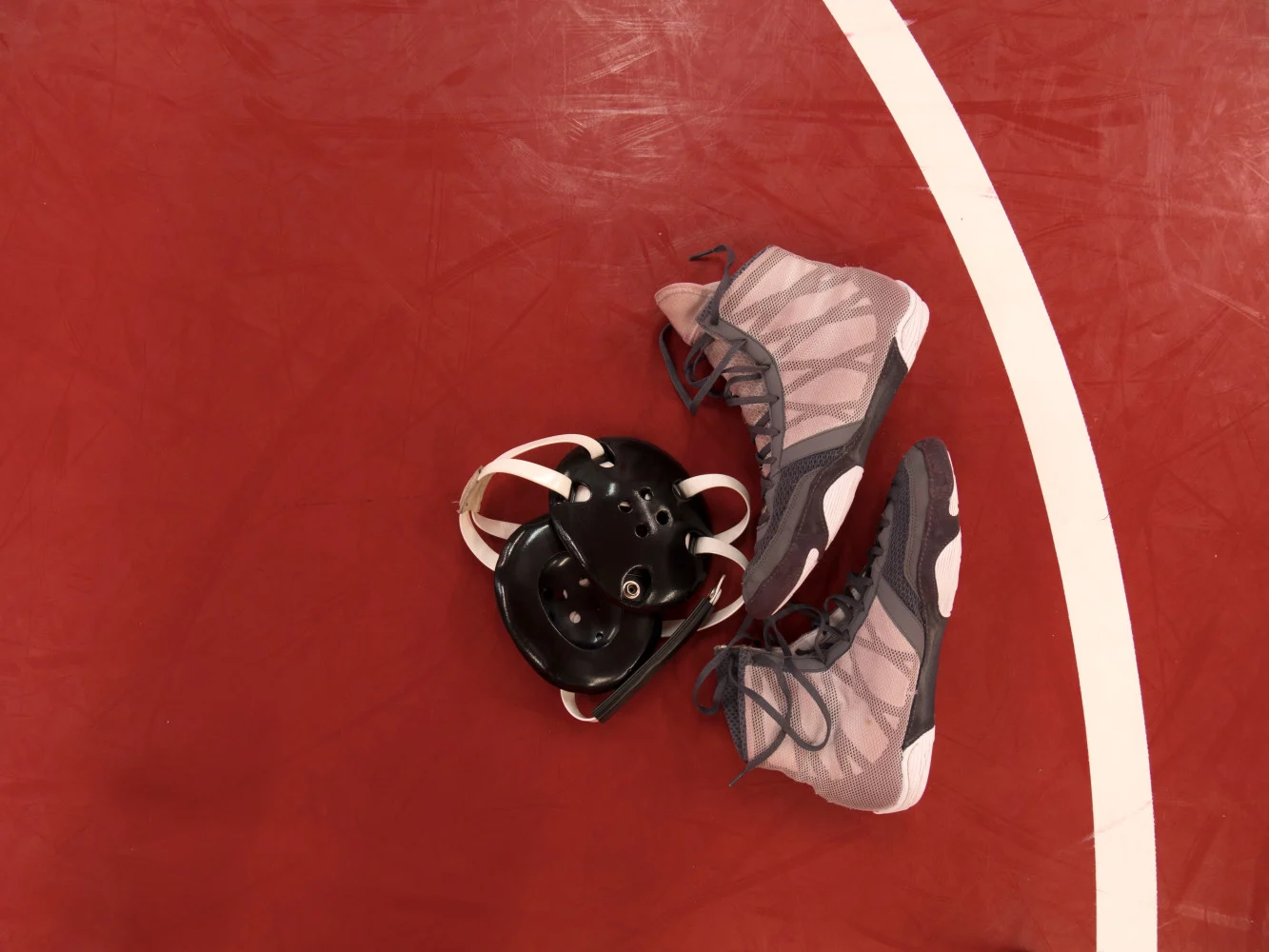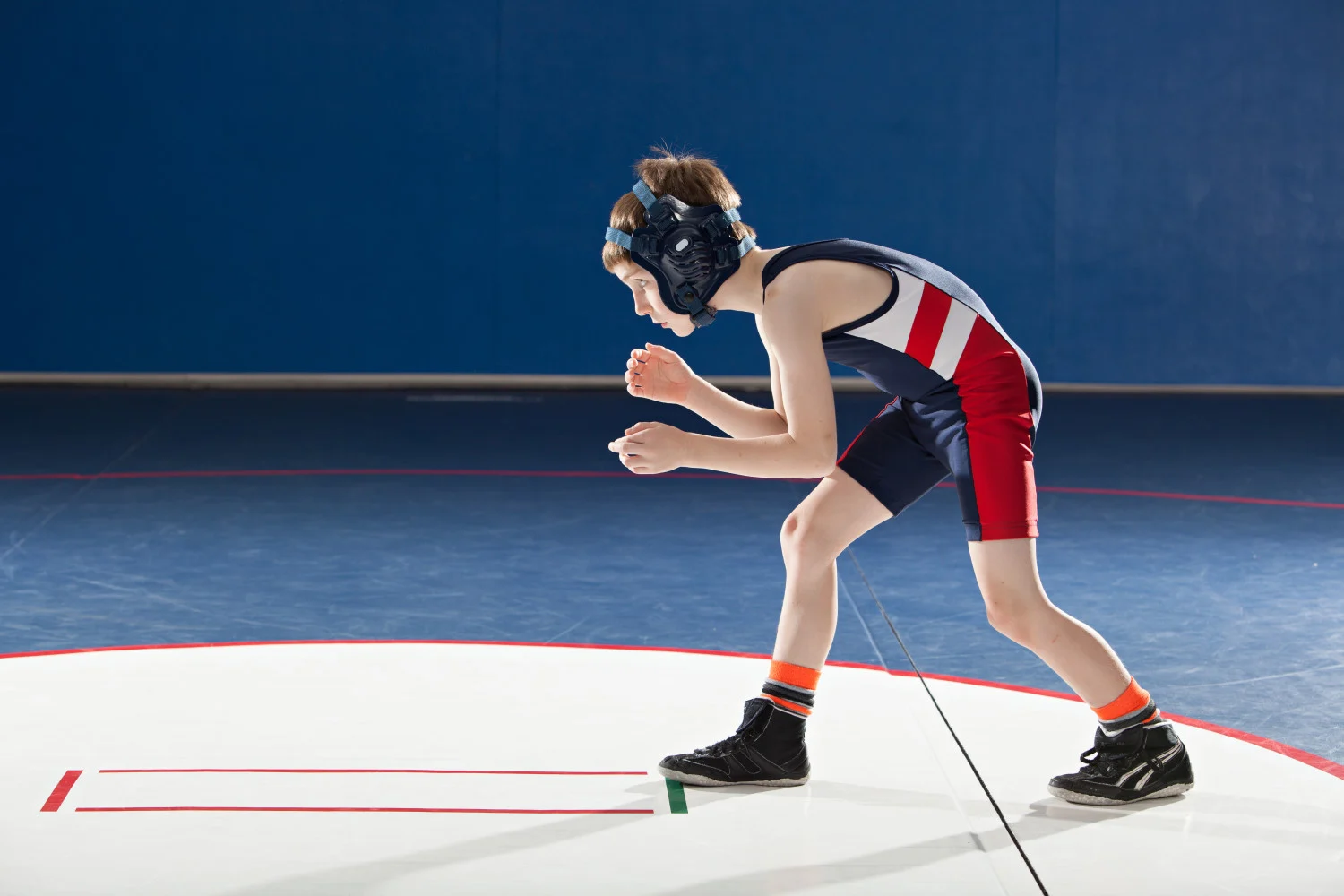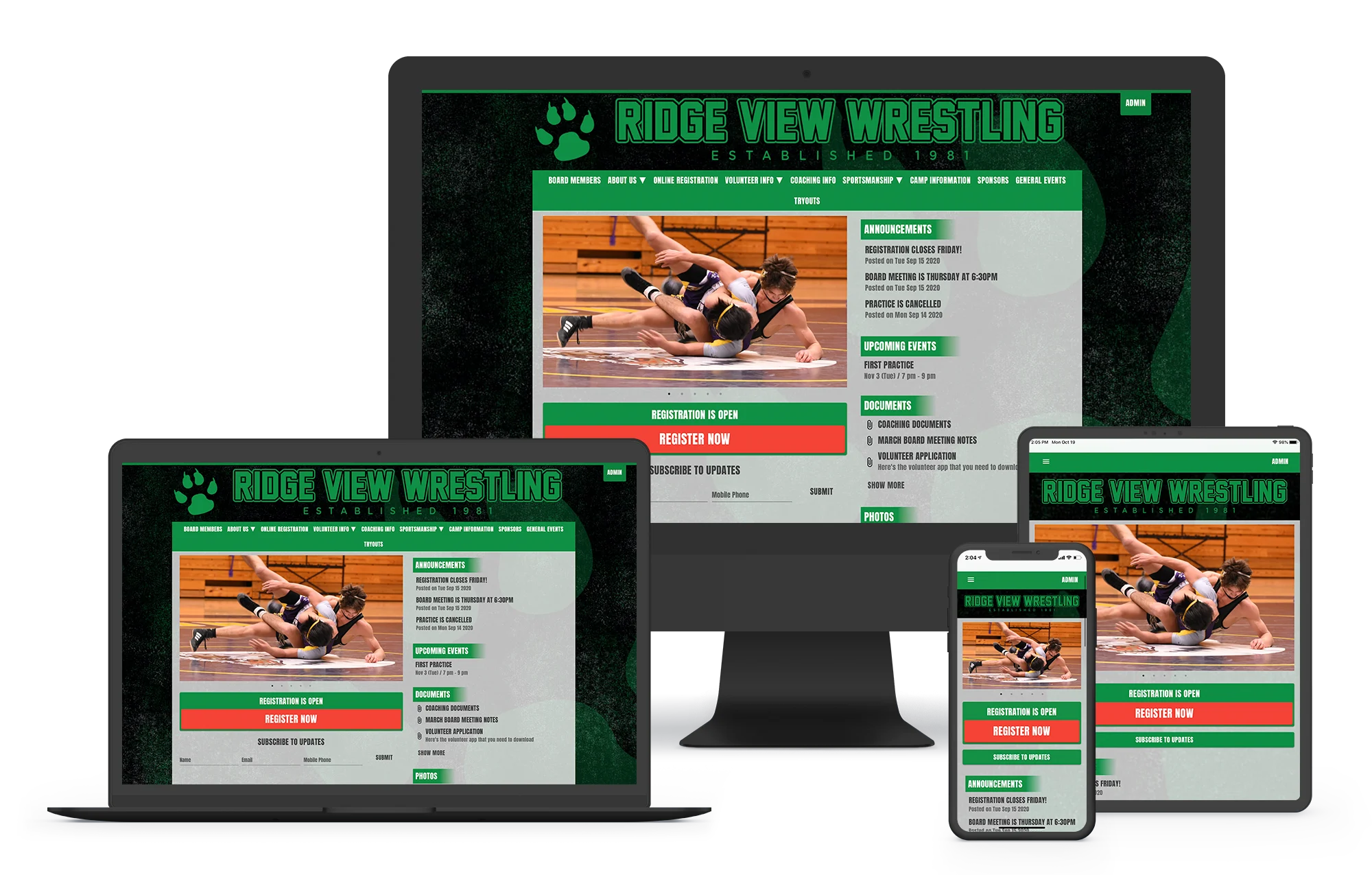
Table of Contents
Wrestling is a popular and competitive sport at the high school level. Many middle schools have wrestling programs as well. But far too many athletes don’t have access to wrestling training before they start junior. You can help solve this problem by starting a wrestling club in your community.
At a youth wrestling club kids as young as four or five years old can gain exposure to the sport. You can also open your club to both boys and girls. Starting a successful youth wrestling club can help grow the sport in your community and add more youth sports options for families in your area.
Step 1: Generate Some Interest in Your Wrestling Club
Before doing too much work you should make sure there is demand in the area from parents and community members. You'll want to make sure you can get at least 15 wrestlers to participate in the first season.
You can start by creating a Facebook page and posting interest, creating polls, or sending messages to other sports organizations in your area. You should definitely get in touch with the local high school coaches (not just wrestling coaches, but other sports as well) to help get the word out.
Step 2: Create a Financial Plan
The first step in starting a new club is starting to budget for your season. Create a list of potential expenses so you have an idea of how much funding you'll need before your season, during wrestling season, and in your offseason. A few key expenses will include:
- Coaches’ certifications and/or education
- Club website, registration, and communication
- Competition fees
- Equipment
- Facility rental costs
- Insurance
- Travel costs for competitions
- Coaching salaries or travel stipends
You may also want to set aside some funds for awards, uniforms, and scholarships. This will help make your program engaging and accessible to youth participants.
Once you know how much money you need, you can focus on acquiring funds. There are several ways to achieve this goal. You can seek grants or donations from community organizations. Another option is pursuing certain types of business loans or finding sponsors for your wrestling club. Lastly, the meat of your financing will likely come from registering wrestlers for your program.
After establishing your program, you can gain funds through registration fees and fundraising. In time, you can look towards hosting your own meets. That can help you earn more through admissions, concessions, and other fees.

Before you launch your club you should make a detailed list of every type of expense you expect in your first season.
Step 3: Secure a Practice Facility for Your Wrestling Club
Selecting a practice location is a critical step in setting up your wrestling club. Here are essential factors to consider when choosing your training site:
- Space: You need a wide open space with few to no obstructions. Keep in mind that wrestling mats are usually 38 square feet. Consider how many you’ll need to start–and plan for room to grow.
- Amenities: You must plan for more than training space. At a minimum, your athletes need access to bathrooms and changing facilities. Extras like vending machines and water fountains are always a great idea.
- Cost: Facility costs can be one of your largest expenses. You may find space at a high-end sports complex–but it won’t come cheap. Schools or community centers are often much more affordable.
- Location: Aim to pick a site that is easy to find and near major thoroughfares. This will make it convenient for families to attend practices and help your club grow.
Many wrestling clubs use school-based facilities. There are many advantages to this approach. First, schools often have wrestling rooms, locker rooms, and other amenities. They’re often quite affordable. And it’s easy to connect with potential youth participants who attend the school, or the local high school coaching staff.
Other facilities cost more–but can be the right choice if you plan to have a large club. You may also appeal to athletes who don’t want to affiliate with a specific school. Consider your local wrestling community’s needs and long-range plan when choosing a facility.

Consider your local wrestling community’s needs and long-range plan when choosing a facility
Step 4: Get a Logo, Branding, and Website
Get a logo for your wrestling club
Getting a strong, professional logo will go a long way to build credibility in your community and promote your club. It will also look great on your wrestling club’s apparel and singlets.
The good news is you don’t need to be a graphic designer to get a great logo. It’s super easy to use a freelancing service like www.freelancer.com or www.upwork.com. Create a listing with specific details about the type of logo and you’ll get applications from designers to create the logo. Normally you can get a logo created in less than a week without breaking the bank by spending between $50 and $100.
Set up a website for your wrestling club
It’s super important to set up a website that wrestlers and parents can access to find information about your club, check practice schedules, tournament dates, and to register and make payments.
It’s pretty simple to set up and create a website, and shouldn’t cost you more than $25 per month at first. If you want to add more features to your website you can always add them at a later date your costs may increase over time, but you can start small.
A good place to start is to secure a domain name like yourwrestlingclub.com so the website is super easy to find and promote.

A well-organized website can be a major asset for a wrestling club, and if you don’t have a website (or you have a weak website) you’ll miss the chance to connect with new wrestlers
Step 5: Get the Appropriate Certifications
Before you start working with wrestlers, you’ll need to secure the right certifications. You need both coaching and club certifications. Here are essential facts on both.
Coaching Certifications
Often, you’ll need a coaching certification before you can pursue a club certification. Gaining a coaching certification typically involves education and testing. The process does vary by organization, however.
Most coaches choose to affiliate with one or more of these organizations:
Club Certifications
After gaining your certification, you can seek certification for your club. Club certification means you’ll abide by the policies and guidelines of the organization you choose. You may receive valuable benefits such as training, promotional materials, and equipment discount.
Review the costs and benefits for each governing organization to find the best fit for your club.
Certification with a governing body can lead to receiving some value benefits like training, promotional materials, and equipment discounts.
Step 6: Build Your Coaching Staff
Your coaching staff is a critical factor in the success of your club. There are several ways to secure committed coaches for your program:
Invite School Coaches
Many school wrestling coaches have solid wrestling knowledge. And they’re often excited to help the sport grow locally as well.
Seek Out Guest Clinicians:
Are there any successful wrestlers in your area? Ask them to join your staff or host clinics.
Accept Volunteers
Many wrestling alumni have know-how and experience to share. Current high school and college-level wrestlers often enjoy working with youth too.
Advertise
Consider an ad in the local paper or a job board to find prospective coaches. Advertising in a traditional newspaper or on Facebook could turn up a few community members that have wrestling experience.
You can offer rewards–like coverage for meet fees and free club attire–to volunteers too. This will help you attract the best coaching talent to inspire your wrestlers to grow.
There are tons of good wrestling videos out there to help with motivation! Also be sure to share any good coaching resources you come across with your new coaches such as youth wrestling drills and workouts. There's a ton of great wrestling drills out there for kids to learn how to start wrestling!

The best coaching talent knows how to inspire your wrestlers to work hard and grow.
Share Your Passion for Wrestling with Young Athletes
Running and starting a wrestling club from scratch takes planning and hard work–but it can be very rewarding. Focus on finances, facilities, certifications, and coaches in the beginning. That way, you’ll set your club up for long-term success. After having your clubs infrastructure in place, you can start to focus on recruiting youth wrestlers to your club.
You can start small and grow over a few seasons. In fact, you may be able to get ready for each wrestling season in just 20 minutes! Then, in time, you can focus on attending meets and becoming more competitive.
One day, you may see the wrestlers competing on the regional, state, and national level!